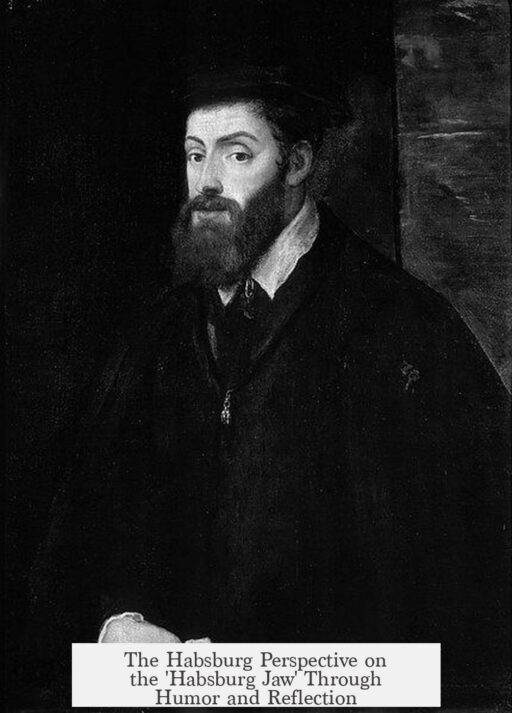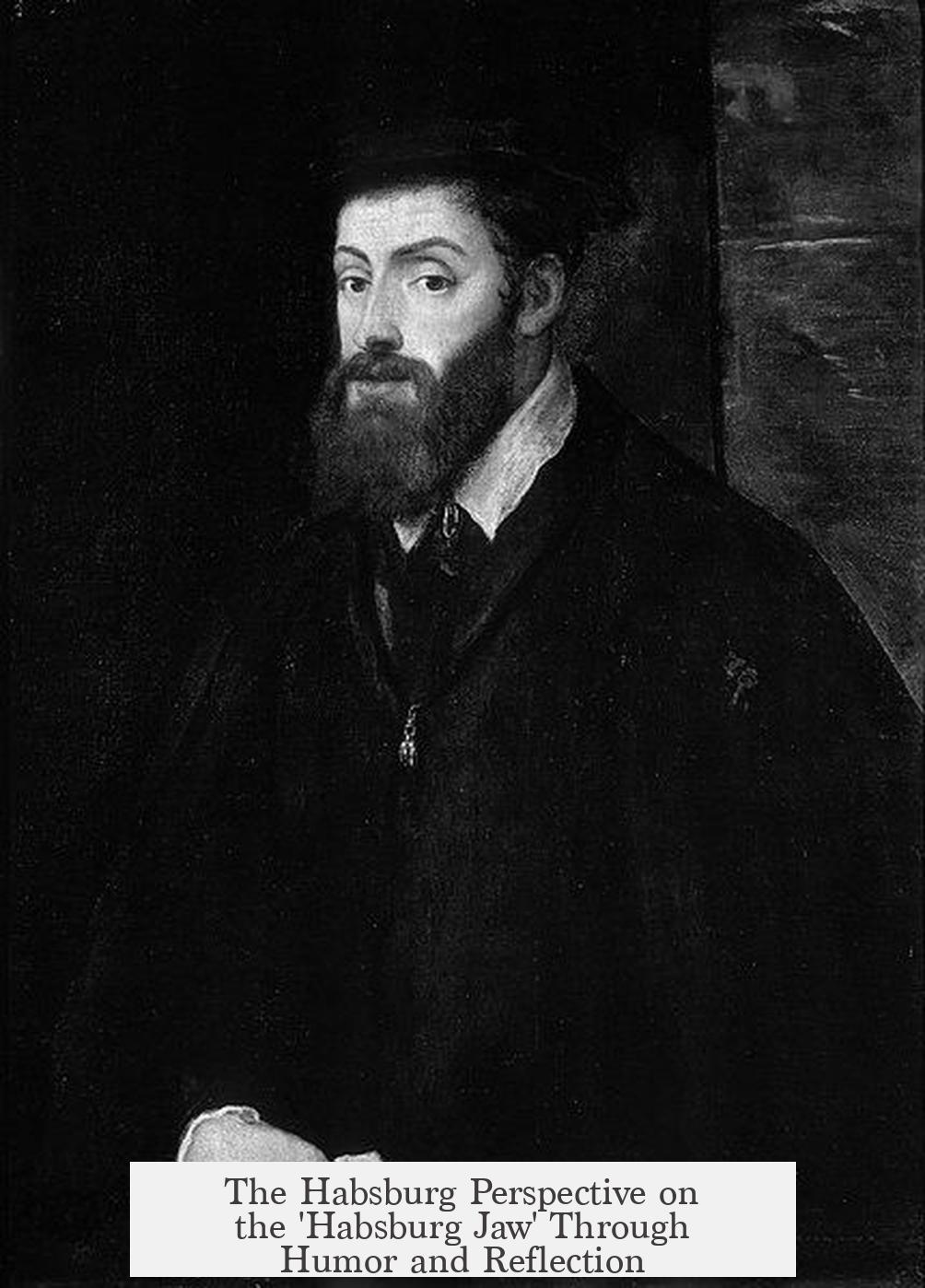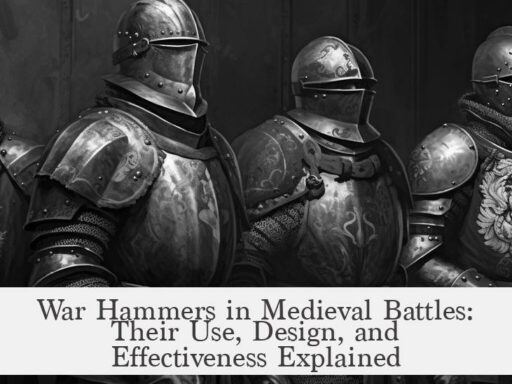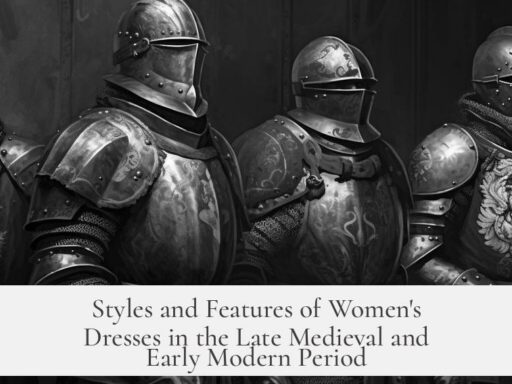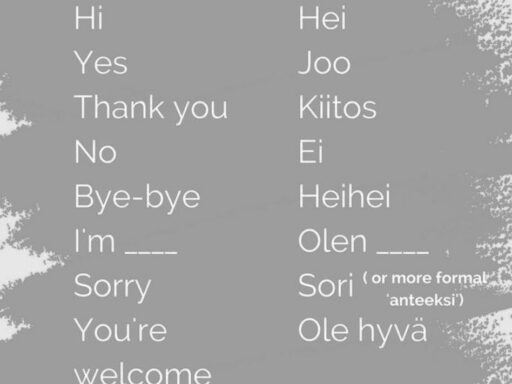The Habsburgs viewed the “Habsburg jaw” as a recognizable family trait that caused both physical difficulties and social challenges, especially for Charles V, who was most visibly affected by it.
Charles V endured significant troubles due to his prominent prognathism, known as the “Habsburg jaw.” This condition made it difficult for him to close his mouth fully, which affected his ability to chew and speak clearly. Contemporary accounts highlight these challenges. For instance, Gasparo Contarini described Charles’s lower face as disproportionately large, noting that the separation between his upper and lower teeth caused him to mumble words, making speech hard to understand.
The emperor’s jawline impacted his social rituals. Because of his difficulty in closing his mouth, Charles often ate alone at court. Eyewitness reports mention that while the emperor dined in solitude, others waited respectfully. This practice reflected the etiquette and deference surrounding his physical condition while preserving his regal dignity. Fray Prudencio de Sandoval noted that the emperor and the seven elector princes each had separate tables during dining as protocol.
The “Habsburg jaw” also exposed Charles to mockery and humor outside the royal court. His physical peculiarity attracted attention during public appearances. Jester Francesillo de Zúñiga recorded an incident where a bystander cheekily advised the emperor to close his mouth to avoid attracting flies. The emperor reportedly found the remark amusing and rewarded the poor man with money. Another episode, noted by Brantôme, described a soldier verbally challenging Charles during a troop review, calling him by his physical trait in a rude manner. Charles laughed and chose to pardon the outburst, displaying tolerance for such ribbing.
The family’s awareness of this inherited condition extended beyond Charles V. His sister, Leonor of Habsburg, connected the jawline to their noble lineage. Upon visiting the tomb of their ancestors in Dijon, she remarked that their distinctive mouth shape originated from their grandmother Mary and earlier Burgundian dukes. This reflection linked their deformity to a broader family history, implying an acceptance of the trait as part of their heritage.
Philip II, Charles’s son, made a subtle reference to familial prognathism in a letter to his daughter in 1582. He commented on the similarity in appearance, especially focusing on the mouth. Though brief, this acknowledgment suggests the family continued to recognize and discuss the trait in later generations.
In summary, the Habsburgs were conscious of the jaw deformity as a hereditary characteristic. It caused notable physical difficulties for Charles V, impacting his speech and eating habits. Despite this, he maintained royal composure and majesty. Although the jawline was a subject of jokes and mild mockery both within court circles and among the public, it was ultimately accepted as a defining feature inherited through the family line.
- The Habsburg jaw caused serious physical and social challenges for Charles V.
- Charles’s speech and eating were visibly affected by his jaw.
- The royal family linked the trait to their noble ancestors and accepted it as hereditary.
- Public and court mockery occurred but was met with tolerance by Charles V.
- Later generations, including Philip II, recognized the trait as part of their family identity.
What Did the Habsburgs Think About the ‘Habsburg Jaw’?
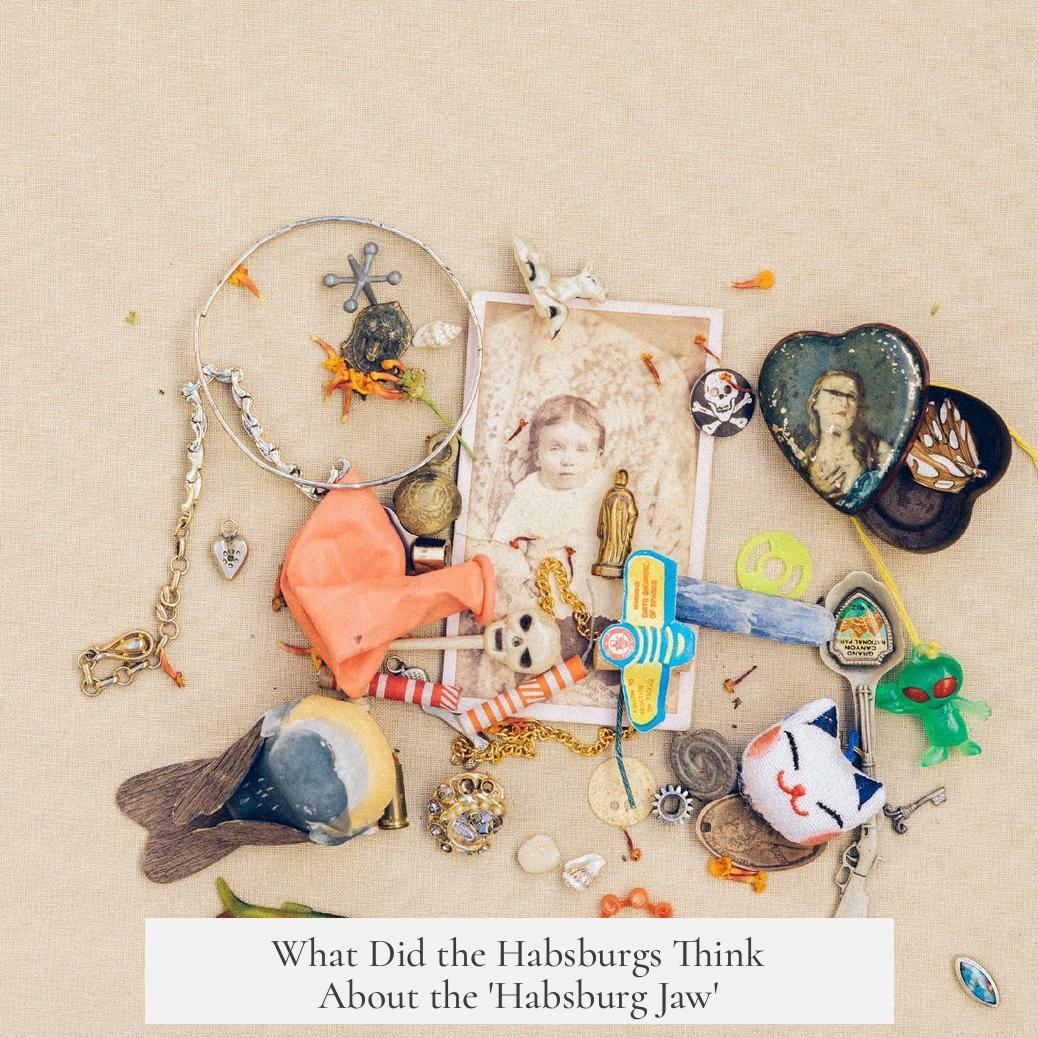
The Habsburg jaw: a distinctive, protruding lower jawline that fascinated and, frankly, plagued one of history’s most powerful dynasties. But what DID the Habsburgs think about this unusual facial feature? Were they embarrassed, proud, or maybe indifferent? Let’s chew on the facts and find out.
This famous prognathism—where the lower jaw juts beyond the upper—wasn’t just an oddity; it was a familial signature, a genetic calling card passed down with every generation. The trait’s most famous bearer, Emperor Charles V, wore it like a royal badge, though not without a fair share of personal agony.
The Emperor and His Jaw: Quite a Mouthful of Challenges
Charles V is undoubtedly the poster child of the Habsburg jaw. But here’s the kicker: he wasn’t exactly thrilled about it. Historical accounts tell us he struggled physically and socially because of it. When it came to closing his mouth, he faced serious difficulties. Chewing was a challenge, speaking was a task.
“He has some avid eyes, his aspect grave but not cruel nor severe; no part of his body can be faulted except for the chin and the lower face, which is so wide and long that it does not appear natural to that body, but it appears foreign,” wrote Gasparo Contarini. Apparently, when Emperor Charles closed his mouth, his upper and lower teeth didn’t quite meet. There was always a strange gap, a “space of a tooth.”
Imagine being the most powerful man in Europe and mumbling through your speeches because your jaw refuses to cooperate. That’s got to sting a bit.
Socially, Charles often ate alone. The reason? His jaw didn’t allow him to close his mouth properly, which made shared meals awkward or even embarrassing. This solitude at meals became tradition at court. Chronicler Enzinas describes Charles sitting alone with a majestic air while everyone else stood, watching him eat. Seven elector princes also dined separately, supposedly out of deference to his “imperial table.”
Jokes, Mockery, and a Good Emperor’s Humor
Despite Charles’s struggles, he apparently had a good sense of humor when it came to the relentless jokes about his jaw. If you imagined the court would tiptoe around this sensitive subject, think again.
Jester Francesillo de Zúñiga tells a story of a local townsperson who cheekily told Charles, “My lord, close your mouth, the flies in this kingdom are spunky.” Rather than getting offended, the emperor pleased himself with the wit of the comment and generously rewarded the man despite his foolishness.
There’s more. During a troop review, a soldier shouted at Charles, “Go to hell, you ugly mouth. You are coming here late, and we are starving and cold.” Instead of lashing out, the emperor laughed and let the soldier off. That’s stoicism with a grin!
Family Talks: Acceptance or Resignation?
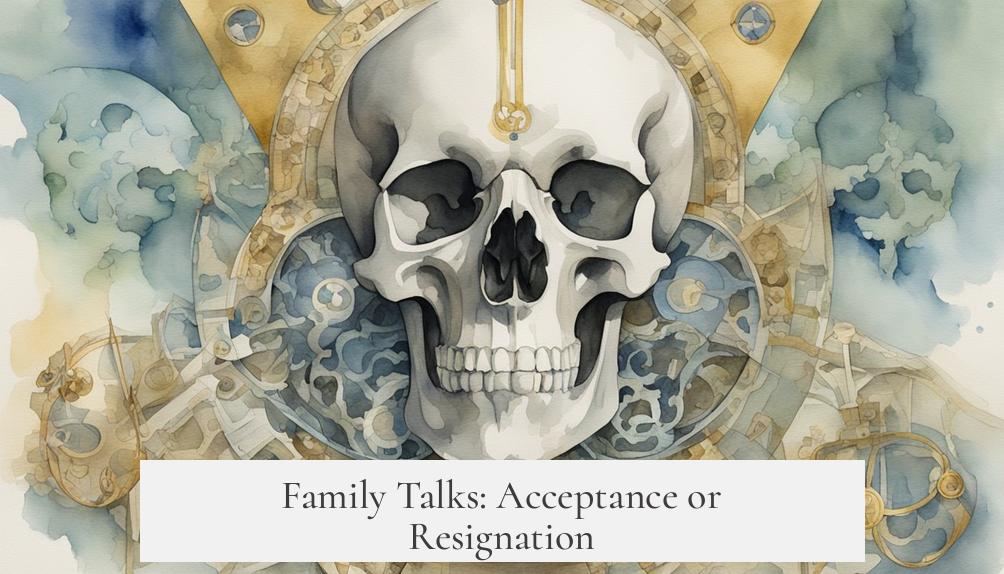
The Habsburgs were painfully aware of their genetic quirk. Not just Charles but also other members commented—sometimes candidly—on the jawline. Leonor of Habsburg, Charles’s sister, once noted that the family hadn’t inherited their unique mouthline from Austria, but from their grandmother Mary and other Burgundian ancestors. She planned to mention this “legacy” to Charles or at least send him word.
Philip II, Charles’s son, showed a more personal, somewhat resigned tone about the jaw in a letter to his daughter. He hinted the trait ran in their family and somewhat lamented, “What you said, and we used to somewhat look alike, and more than anything in the gob, I don’t know what it would be as of now.”
Clearly, the “Habsburg jaw” was no secret or scandal. It was acknowledged, commented upon, and even joked about within the family, much like an eccentric family heirloom you can’t escape.
What Can We Learn from the Habsburg Jaw Story?
The Habsburg jaw wasn’t just a physical oddity; it symbolized the quirks and burdens of royal heredity. Charles V’s profound personal impact—from speech struggles to the loneliness of dining alone—shows the human side of a ruler often defined by power and conquest.
Yet, the emperor didn’t let the jaw erode his dignity. His stoic acceptance and occasional humor teach a timeless lesson about resilience. Even kings must cope with unwelcome traits—but how they respond defines their legacy.
Further, the family’s awareness and frank conversations about the jaw reveal an honest acknowledgment rare in royal families obsessed with flawless image. The Habsburgs did not hide from their unique physical inheritance. Instead, they owned it—even if it inspired mockery or caused practical troubles.
So, What Did the Habsburgs Think About the ‘Habsburg Jaw’?
They thought about it as a defining mark of their family line—sometimes with embarrassment, other times with acceptance, but always as a known and undeniable part of their identity. Charles V bore it with a blend of shame, fortitude, and humor. The jaw was a constant companion in his reign, a unique trait that was as much a royal hallmark as his empire spanning continents.
What about you? Ever feel like a “jaw” in a set of perfect portraits? The Habsburg story reminds us to face our own quirks with a laugh, a nod, and maybe a regal grin.
What was Charles V’s personal reaction to his Habsburg jaw?
Charles V felt shame and frustration about his jaw. It made chewing and speaking hard for him. He often ate alone to avoid drawing attention to the issue.
How did others at the time react to Charles V’s jaw?
People sometimes mocked Charles openly. For example, a jester joked about flies entering his open mouth. Yet Charles often responded with humor or generosity instead of anger.
Did the Habsburg family recognize the jaw as a hereditary trait?
Yes, the family knew the jaw was a trait passed down through generations. Leonor of Habsburg linked it to their Burgundian ancestors, showing awareness of the trait’s family history.
How did the jaw affect Charles V’s public and social life?
The jaw made it hard for Charles V to eat and speak normally in public. Etiquette required him to eat alone, and others kept a respectful distance while he dined.
Was the Habsburg jaw ever mentioned in family correspondence?
Yes, Philip II mentioned the jaw in a letter to his daughter, noting family resemblance especially around the mouth. This shows it was a known trait and conversation topic within the family.
